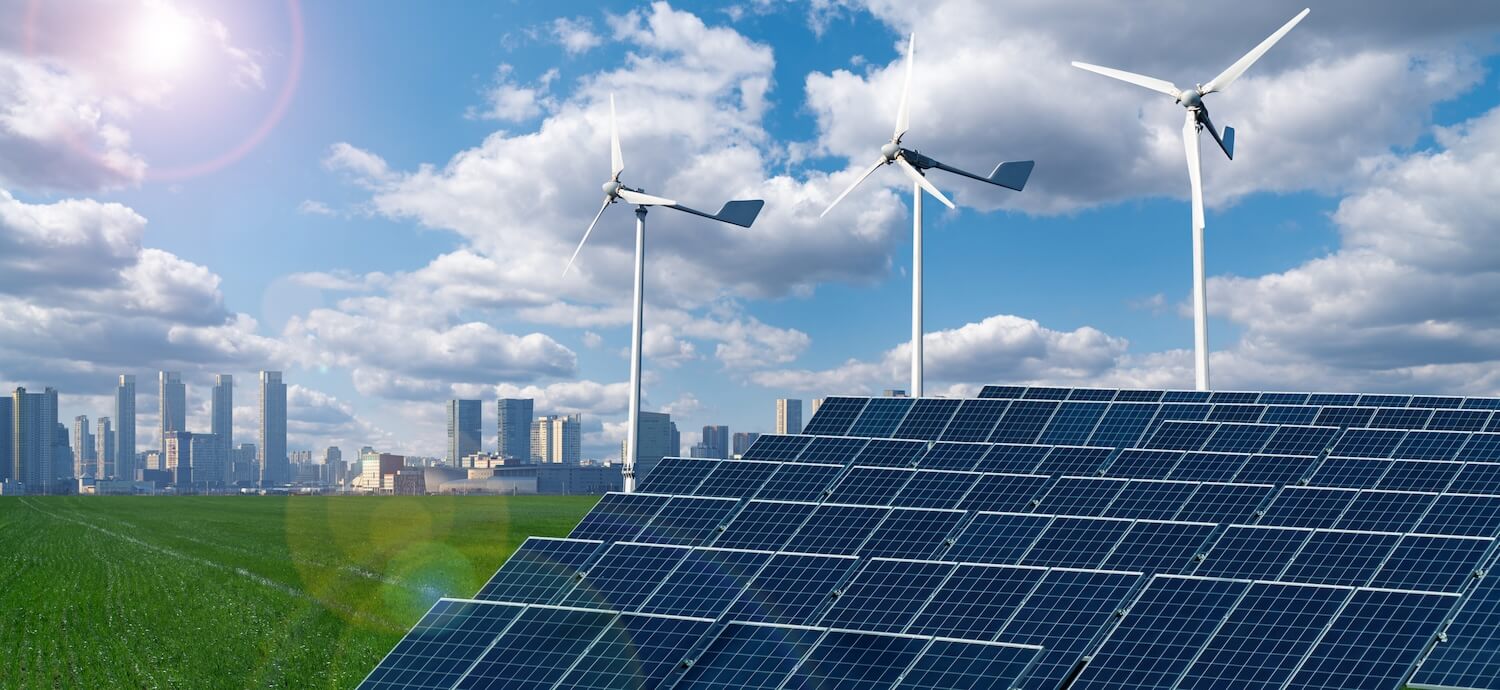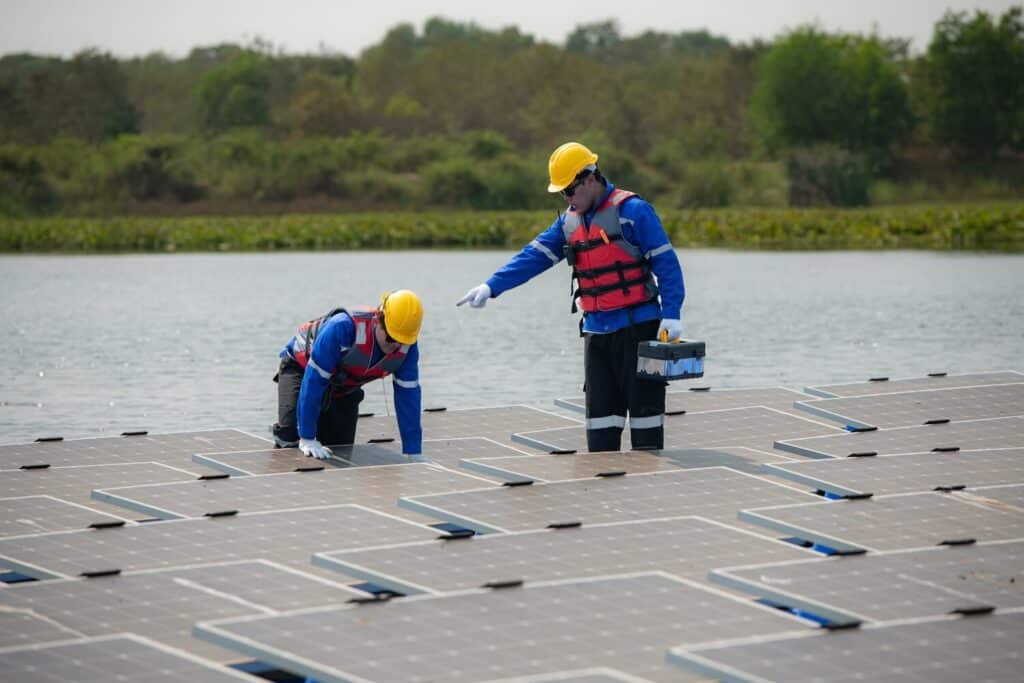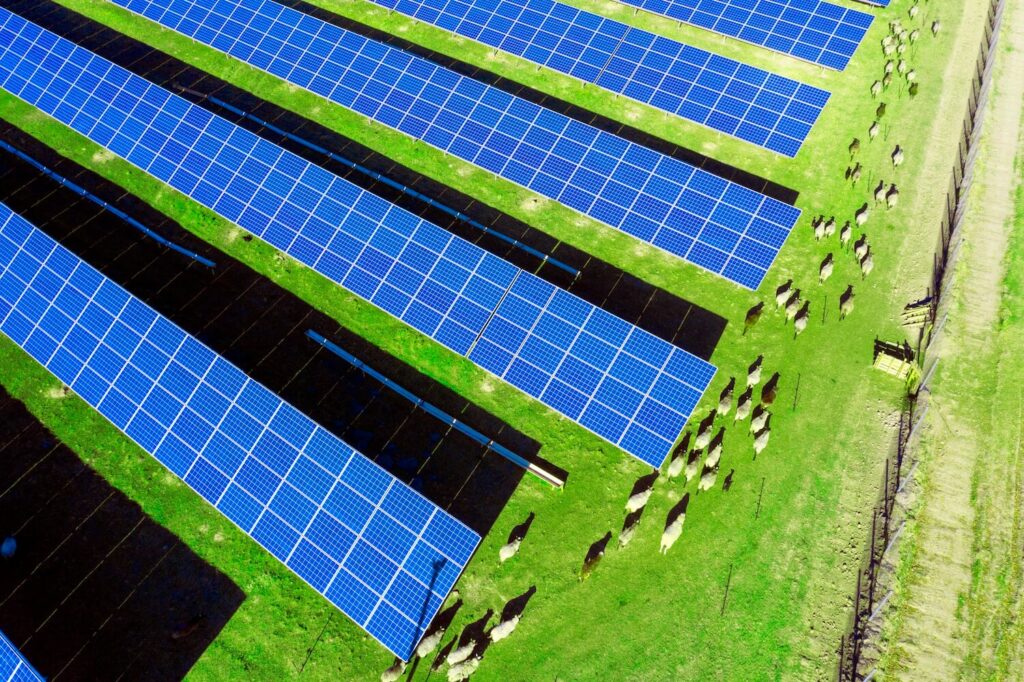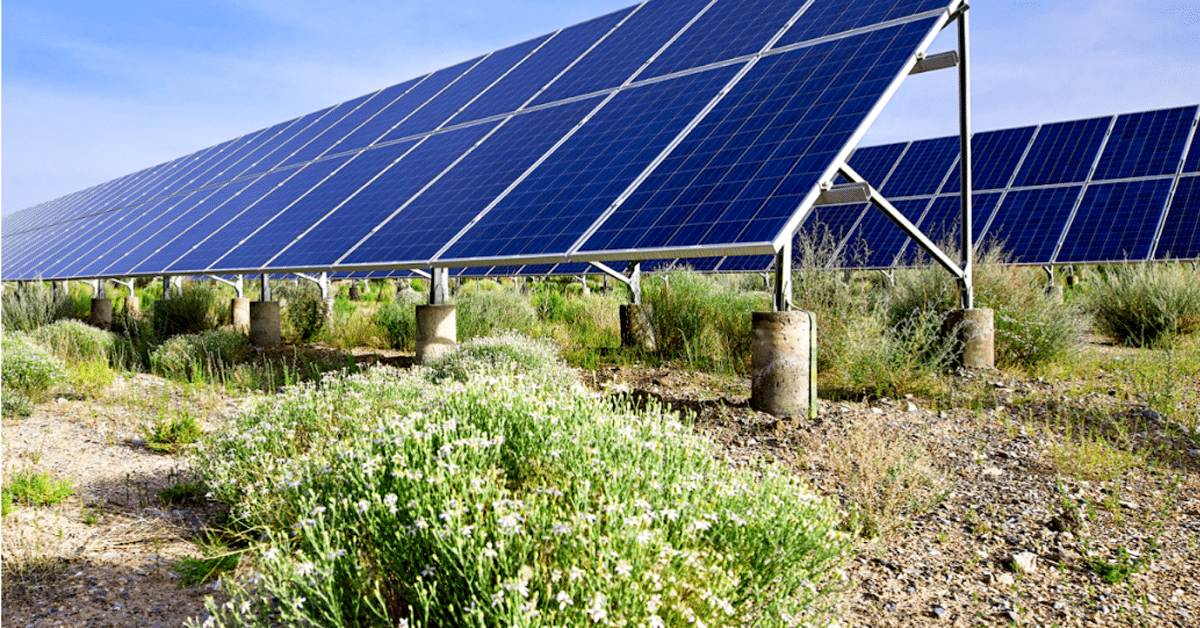POSTED
April 12, 2024
Solar Energy: What Happens After the Useful Life of the Solar Project?
As more accredited and environmental, social, and governance (ESG) investors look for different ways to invest their money and get good returns, sustainable investing is becoming very popular. One area that’s getting a lot of attention is renewable energy projects, especially solar power. But there’s more to these projects than just building and running them. […]

As more accredited and environmental, social, and governance (ESG) investors look for different ways to invest their money and get good returns, sustainable investing is becoming very popular. One area that’s getting a lot of attention is renewable energy projects, especially solar power.
But there’s more to these projects than just building and running them. What happens after sustained project use? In this article, we’ll talk about how investing in renewable energy, like solar power, is becoming a big deal.
We’ll focus on what happens to solar projects after they’re no longer useful. We’ll look at things like taking them apart, finding new uses for them, and investing in them again. By understanding these ideas, investors can make smart choices about their money in the short and long term.
Understanding Solar Project Lifecycle: A Foundation for Long-Term Strategy
Let’s take a closer look at how solar projects work over time. Solar panels are crucial for solar energy. They usually last around 25 to 30 years, but that can change based on things like the quality of materials, new technology, and the environment. Other parts of the solar system, like inverters and mounting systems, also affect how long everything lasts.
What Makes Solar Projects Last Longer?
A few things affect how long solar projects last. New technology keeps making solar panels better and more durable. Regular maintenance includes cleaning panels and checking electrical connections, which helps them work well for longer. The weather and surroundings, like temperature changes and dust, also play a part in how long solar materials last.
Maximizing Efficiency Through Maintenance
Doing regular checkups and cleaning helps solar projects stay efficient. Getting rid of dirt and debris keeps panels working well and making energy. Fixing problems early and checking how well everything’s working keeps the whole system going strong.
Importance of Proactive Maintenance
Taking care of solar projects before things go wrong is key. Maintenance helps ensure they keep making energy and don’t break down. Plus, it’s good for the environment and helps investors protect their investments.
Understanding how solar projects work over time helps investors plan for the future. By knowing what affects how long things last and doing regular maintenance, investors can make sure their investment keeps paying off for years to come.

Decommissioning: Costs, Processes, and Financial Implications
Understanding Decommissioning
Decommissioning is when a solar project has reached the end of its life and needs to be taken down and cleaned up. Investors need to understand how it works and what it means for their money. It involves removing all the equipment and structures from the site and restoring the land to its previous state.
Regulatory Requirements and Environmental Considerations
The deconstruction of solar projects has rules. These rules ensure the environment is protected and the land is left in good shape. Disposing of equipment safely without disturbing the environment too much is important.
Steps in Decommissioning
First, the parts of the solar project, like the panels and other equipment, are taken apart. Then, the site has to be cleaned up and put back the way it was. Any removed equipment must be disposed of safely, following the rules.
Costs and Financial Impacts
Decommissioning can be expensive, and investors need to consider these costs. The location of the site, the technology used, and market conditions can all affect how much decommissioning will cost. Investors need to plan for these expenses and consider them when evaluating the financial viability of a solar project. These costs are sometimes covered by a decommissioning bond established and paid for before construction. This is done to ensure money for decommissioning is set aside in advance.

Repurposing and Refitting Options: Unlocking Additional Value from Solar Sites
Even after solar projects have finished their useful life, there are still opportunities to get value from them. Let’s explore how we can repurpose and refit these sites to make them useful again and how this benefits investors.
Exploring Repurposing Opportunities
After a solar project has done its job, we can find new ways to use the site. For example, we can turn it into farmland or use it to store energy. These kinds of changes can give the site a new purpose and create more value.
Examples of Successful Repurposing
There have been solar sites that were successfully turned into something else. Some sites have become farms, where crops grow alongside solar panels. Others have been changed into places to store energy, like batteries. These projects show how we can make the most of solar sites even after the original purpose is done.
Refitting with New Components
Sometimes, instead of tearing everything down, we can just replace worn-out parts with new ones. For example, we can put in new panels and inverters to keep the site running efficiently. This saves time and money compared to starting from scratch.
Opportunities for Investors
Investors can make a big difference by supporting innovative projects. By investing in new ideas, they can help make old solar sites useful again and make the world a better place.
Repurposing and refitting solar sites offer exciting opportunities to unlock additional value and drive positive change. Investors can maximize returns while contributing to sustainability goals by considering factors like land value and market demand, and embracing innovative approaches while contributing to sustainability goals.
Reinvestment Opportunities: Capitalizing on Emerging Solar Initiatives
Solar energy is changing fast, and there are new and efficient ways to invest in it. Let’s explore emerging trends and how you capitalize on reinvestment opportunities in solar energy.
Exploring New Solar Ideas
Many new ideas in solar energy offer investment opportunities. These ideas focus on making solar energy better and cheaper. For example, community solar projects let many homes use solar energy together, solar-plus-storage projects store solar energy for later use, and floating solar projects put solar panels on water.
Evaluating Reinvestment Opportunities
Investors who want to support new solar projects can find lots of chances to invest. These projects offer opportunities to make money while also helping the environment. By investing in different solar projects, investors can reduce risks and find new ways to grow their money.
Considering Risks and Returns
Before investing in new solar projects, it’s important to think about the risks and rewards. While these projects can offer big chances for growth, they can also be risky. Investors need to consider how much risk they’re comfortable with and what they want to achieve with their investments.
Advantages of Emerging Solar Initiatives
Investing in new solar projects offers lots of benefits. Not only can investors make money, but they can also help fight climate change and support clean energy. Plus, investing in different solar projects can help spread out risks and give better chances for growth in the long run.
Securing Sustainable Returns through Strategic Solar Investments
There are plenty of great opportunities for accredited and ESG investors in solar energy. It’s important to be open to new technologies and trends and think about the long term. Investors can make smart choices that benefit both their wallets and the environment.
Investors need to think about the future and manage risks when deciding where to put their money. While solar energy can be a good investment, it’s smart to think about potential problems and plan to deal with them.
Even with the risks, investing in solar energy can yield big returns. By investing in the planet, investors can make money and make a positive impact on the environment.
Embrace the Opportunity for Sustainable Wealth Generation
It’s time for accredited and ESG investors to dive into solar investments and maximize their potential. Take action now to benefit financially while also making a positive impact on the environment.
To succeed in this, it’s important to do your homework and research thoroughly. Look for investment opportunities that have the potential to bring in good returns and match your values.
Consider investing in solar with Shasta Power. If you want to dive deeper into utility-grade solar farm private placement funds, we encourage you to check out the Summit Power Fund.





